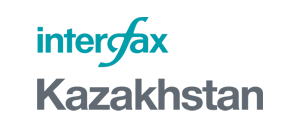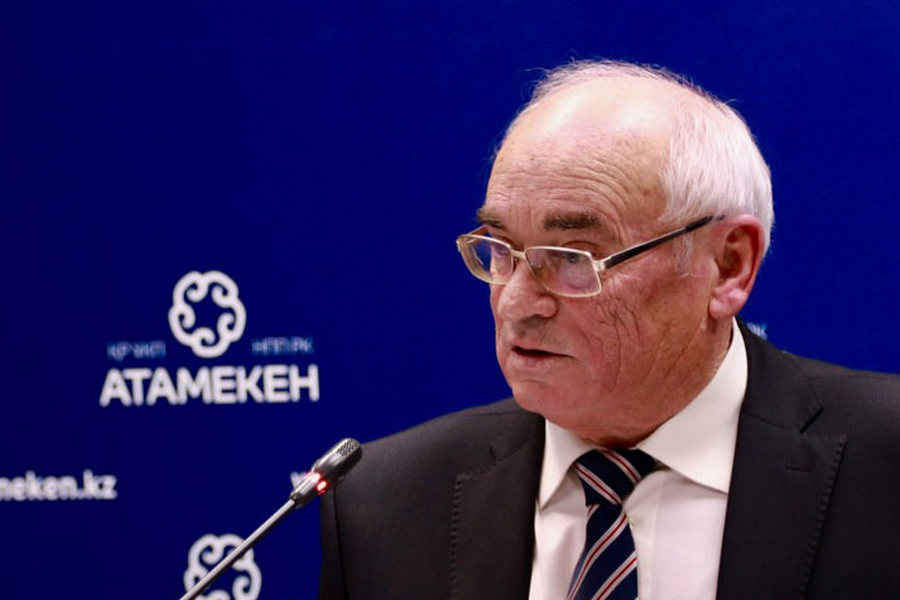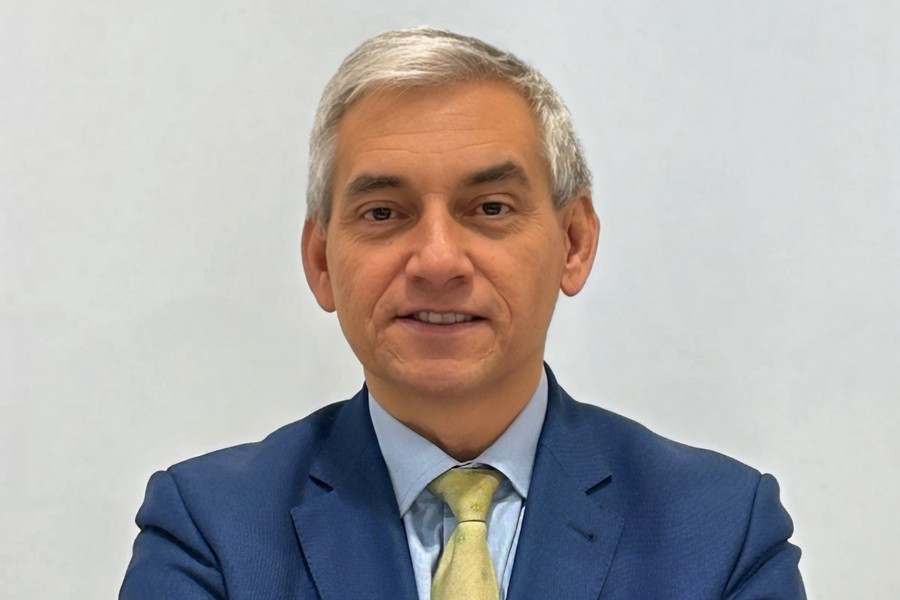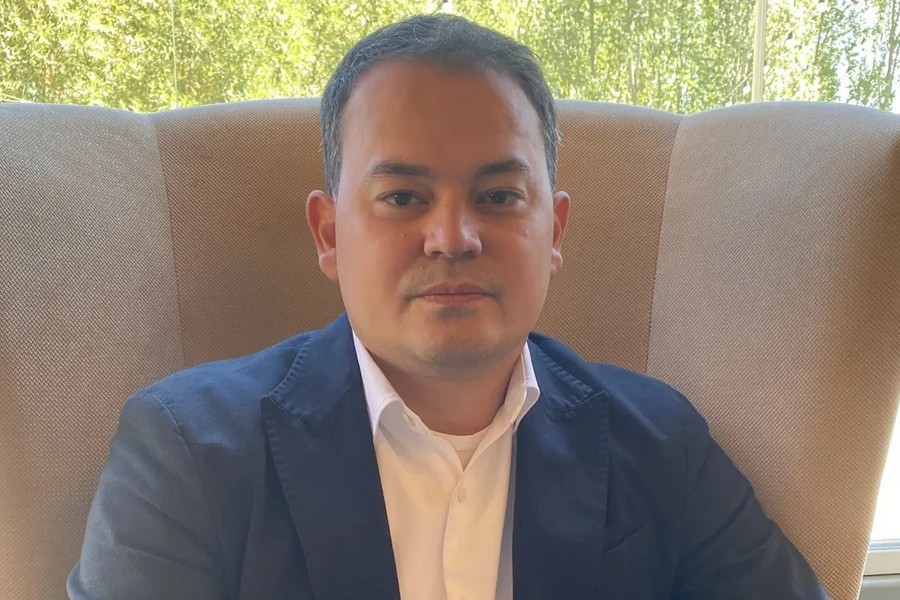ADB Country Director Giovanni CAPANNELLI:
ADB IS EXPANDING AREAS OF COOPERATION WITH KAZAKHSTAN
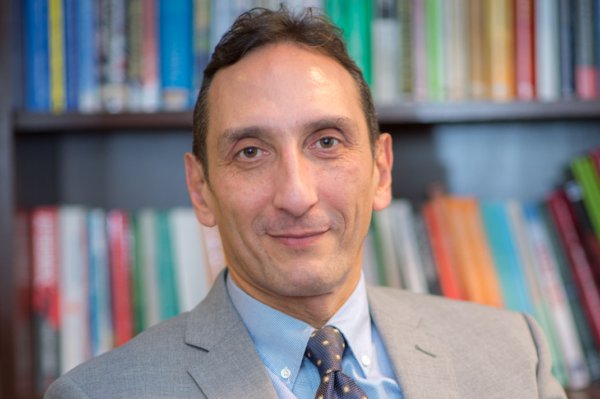
Asian Development Bank (ADB) is preparing a new country partnership strategy for Kazakhstan for 2017-2021. ADB Country Director Giovanni CAPANNELLI told Interfax-Kazakhstan on which spheres the bank will focus its activity in Kazakhstan during this period.
- Mr. Capannelli, earlier you said that this year a new country partnership strategy for Kazakhstan is to be approved for 2017-2021. What are its key points? How will it be different from the previous one?
In recent years ADB operations in Kazakhstan were focused on the two sectors, transport and financial support to SMEs. Technical assistance was also provided by us in the other sectors. When we started discussing our new strategy with the government, we understood that there is a need for doing much more than before, perhaps also in a different form. Kazakhstan’s demand is becoming more sophisticated given the country’s needs as an upper middle-income country.
In the short term, we’ll align our operations with the recently announced “Third Modernization of Kazakhstan”, and in the long term we’ll align our assistance with Strategy 2050 and Kazakhstan’s international commitments under the Sustainable Development Goals. One of the areas where we plan to expand considerably our activity is a cluster that includes water management systems, irrigation, agricultural development and agribusiness. We are drafting a new project to help rehabilitate main irrigation canals in five regions, which is part of the government strategy to rehabilitate 60,000 kilometers of similar irrigation canals all over the country. The government split the work among International Financial Institutions, and ADB was asked to assist five regions. So, one of the areas is irrigation, which is related to the agricultural development and agribusiness. We are also considering possible support to cooperatives – both from the point of view of production, and marketing and creating supply chains. Here are the examples of investment projects planned under our new Country Partnership Strategy.
In terms of expertise support, we are now conducting a study that is aimed at helping determine the areas of economic diversification. As we know macroeconomic resilience was recently shaken and the economy needs to be diversified. We have already started this diagnostic study, the major focus of which would be a search for opportunities in the agricultural sector. As you may know, we have two offices – in Astana and in Almaty. Almaty is a strategic geographic location and a logistics hub for Central Asia. There are lots of similarities across our operations in neighboring countries such as Kyrgyzstan, Tajikistan, Uzbekistan. Thus we want to establish a regional expertise hub on the basis of the Almaty office orientated towards the cluster including areas such as water management systems, irrigation, urban water supply and wastewater disposal, as well as agricultural development and agribusiness. We signed a memorandum of understanding with the Kazakh National Agrarian University, and we also have a team in our headquarters in Manila leading the work on water security and water management systems. So, we are going to provide investment, on the one hand, and expertise, on the other hand.
Another area under our scrutiny is the health sector. Currently we are focused on providing primary health care through public private partnerships (PPP). In several regions we have already done a number of feasibility studies to see where we can most effectively help, for example, create outpatient clinics. It’s supposed that in the primary health care field the new project will help solve a number of issues, including certain inequalities at the regional level. The regions sometimes are offered fewer opportunities and fewer services than the main cities such as Astana and Almaty. So, having primary health care outpatient clinics would help solve this issue and in addition, this would help develop the private sector. Currently there is a lot of talk about PPP. At the sectoral level, in the course of discussions with the government it was proposed to examine opportunities for PPP in the health and education sectors. These are the two sectors from which we can start and then expand gained experiences into the other sectors.
We are also examining possible projects in municipal services including water supply and sanitation, wastewater management, district heating, and urban transport. An assessment shows that 67% of municipal infrastructure should be modernized. Many infrastructure facilities were built during the Soviet times and now their efficiency is decreasing. The infrastructure is no longer adequate to ensure the level of service that the government wants to provide to the population of Kazakhstan. However, we are facing some difficulties with financial modality of projects. Lending directly to local utilities companies in the regions is tough. Obviously, there are also issues related to tariffs – as you know, the cost of services is high and is being subsidized by the government. ADB has had good experience with the other countries in this area; for example, our experience in Cambodia showed that once you provide good services households are ready to pay a little bit more. In 10 years, with ADB’s support the situation with water management services in Phnom Penh changed decisively for the better.
We are working on financial modality of such projects. Some regions are keen to use the PPP model although it is difficult to prepare a cost-effective project. Still, for the private sector the cost of borrowing is very high. To lower the cost of borrowing we are now considering the possibility of blending funding sources that include both sovereign and non-sovereign financing. Once we decide on the model, then it would be possible to solve the tariff issue.
We are also examining opportunities in the energy sector. To be frank, when I started working here, I was very much surprised that we have no projects in the energy sector. I’m saying so because lending to the energy sector accounts for almost one third of ADB’s total portfolio. Last year ADB’s operations totaled $30 billion, of that $9 billion was in the energy sector. Obviously, in the energy sector private capital becomes strategically important for Kazakhstan, nevertheless we see some opportunities, for example, in the electricity transmission network field. We pay special attention to renewable energy and are providing technical assistance grants to the government. As part of one of them assistance is being provided in order to look into the issue how the government could introduce an auctioning system to promote renewable energy financing. And the second one is focused on how to integrate renewable power plants into the national grid thereby providing software and technology. We are working with KEGOC and the Energy Ministry on implementing these technical assistance projects.
As you noted, we are trying to find ways of engaging with Kazakhstan effectively which is an upper middle income country and plays a crucial role in Central Asia.
- When will the strategy be approved?
The strategy is going to be discussed by ADB Board of Directors at the end of August. We’ve already discussed the draft strategy with Kazakhstani government agencies, scholars, local think tanks and NGOs. It will also be discussed with the ADB senior management and reviewed by an external expert in Kazakhstan. We’ll try and incorporate feedback from all relevant sides, finalize the document and hope to finish the work in the coming months.
- ADB regularly provides loans to Kazakhstan to support micro, small- and medium-sized enterprises. E.g., last year ADB provided 200 million dollars to Entrepreneurship Development Fund Damu. Will ADB continue to cooperate with Kazakhstan in this area? How effective is it? Does ADB have any indicators to evaluate such projects?
- Overall, ADB has provided an equivalent of $500 million through Damu under its SME Support Program. As you noted, last year $200 million was approved but this amount has not been disbursed yet. Out of $500 million that was provided in three tranches plus additional financing, the first tranche of $150 million was closed and paid back to ADB already. I can give some figures on the results of the Tranche 1 implementation, and explain by what indicators we assess the whole program performance.
The first tranche credit line was fully disbursed thereby providing 5,707 loans and the funds were reused for financing SMEs. Over 70% of financing was provided to SMEs outside Astana and Almaty, i.e. in the regions. About 30% of Tranche 1 borrowers under our Program were women entrepreneurs in line with our target.
Quite often taxes paid and jobs created are seen as indicators of efficiency of such programs. As of 1 February 2017, during the implementation of Tranches 1 and 2 of ADB’s SME Program 38.7 billion tenge was paid in taxes and over 3,400 jobs were created.
Speaking on the whole Program, which is to be completed by 2018 we have a number of indicators in our Design and Monitoring Framework and with regard to them the assessment will be made upon completion of the entire program. These include broad sector-wide indicators like SME’s contribution to GDP, increase in SME employment, access of SMEs to medium-term financing and increase in the number of women entrepreneur borrowers. We already see positive dynamics against these indicators.
But we also need qualitative indicators. That’s why we are doing surveys, we are surveying the recipients of these programs to determine how much the financing under the program helped them.
One of the companies, which got funding as part of our program is the ice cream producer Bambino, which by the way has a branch in Beijing. I’m happy that we could help the entrepreneur develop his business. Nevertheless I see that more work needs to be done to this end. The ice cream foam package, plastic spoons and many other items used by this company are all imported from Italy. Why cannot these goods be produced here? We need to help entrepreneurs invest in various sectors for import substitution.
- You mentioned partnership in the health sector. In December you signed an advisory services agreement to monitor a build-operate-transfer project on the construction of a hospital in Karaganda. What is the main point of this agreement?
- Yes, we are providing services to the government to restructure the potential PPP project – the construction and maintenance of the hospital at the Karaganda University with the aim of attracting private investors. We have already started working on it. Three years ago, in ADB we established a Public Private Partnership Office and our experts in Manila are working in order to prepare all the documentation required to tender this project. Once the project is tendered and an investor is selected, our services will be completed.
Could you provide an overview of ADB’s current portfolio?
Currently our ongoing active portfolio is about $1 billion. Our projects are implemented in the two sectors - transport and finance.
We approved the latest two projects in 2016. One is aimed at supporting SMEs, including individual entrepreneurs. Special attention in the project will be focused on SMEs in rural areas and women entrepreneurship development. This loan will be channeled through Entrepreneurship Development Fund Damu, which will provide financing for SMEs through qualified microfinance organizations and local banks. The financing will be provided in tenge to reduce currency-related risks. ADB’s support will allow SMEs to get access to funding to replenish working capital, invest in production technologies, and develop business, thereby contributing to employment, economic stability, and diversification. We have also added an efficient feedback system to survey the users of our support.
The second project approved last year is the Aktobe-Makat project worth $240.3 million, which includes 299 km of a highway section in the western part of the country and envisages introducing a modern transport information system to improve road traffic safety and logistics effectiveness. This will also help create efficient transportation links between Astana, Aktobe, Atyrau, and the country’s only international commercial seaport of Aktau. This motor road is part of the corridor, which connects Kazakhstan with Azerbaijan and Europe in the west, with Russia in the north, and with Turkmenistan in the south. Thus it’s expected that the project will contribute considerably to regional connectivity and help strengthen Kazakhstan’s role as a regional hub in Central Asia.
- Thank you for the interview.
May, 2017
© 2025 Interfax-Kazakhstan news agency
Copying and use of these materials without reference to the source is prohibited
Archive
